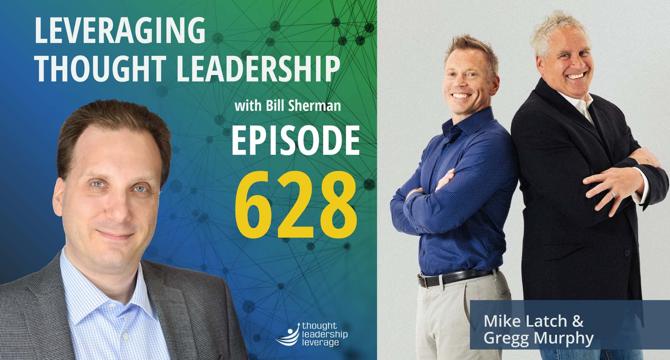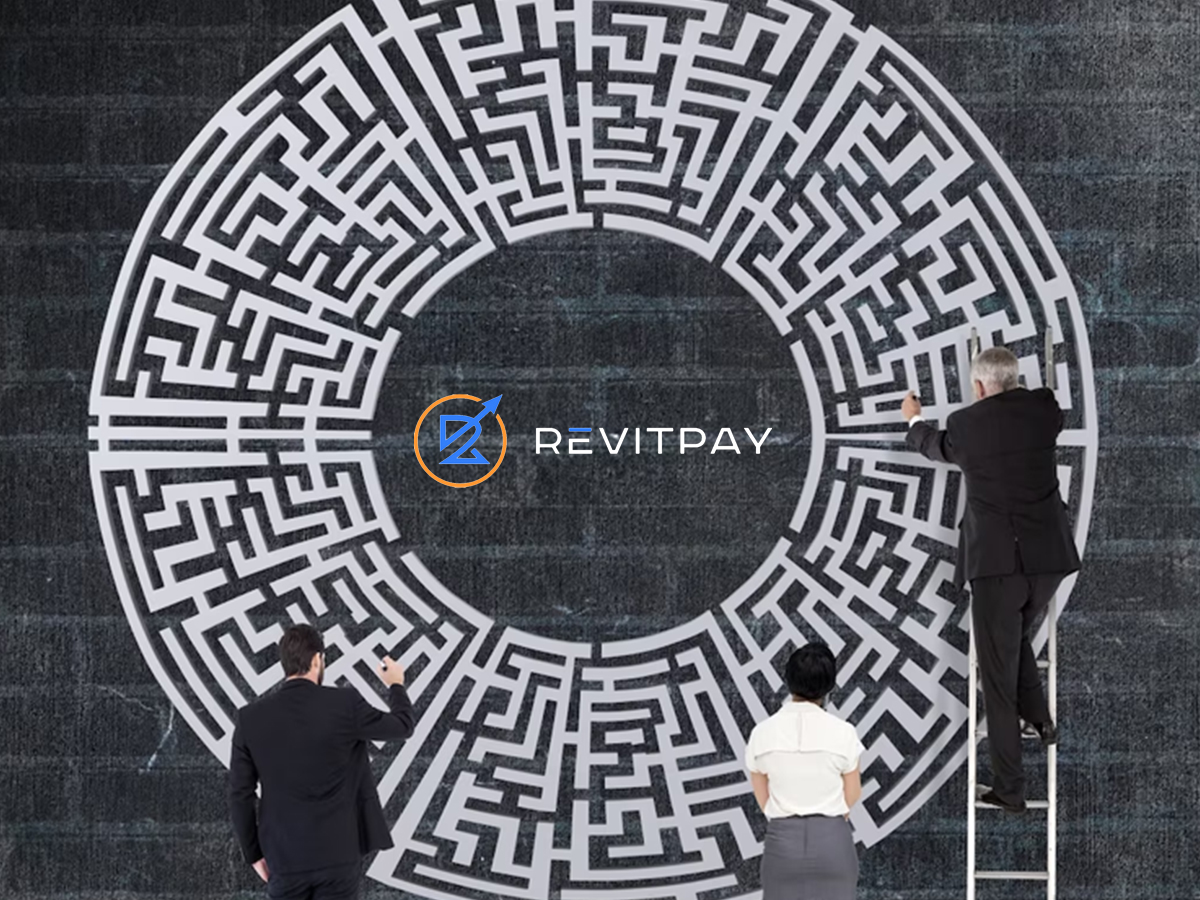Leadership News
Achievers
443

Image Credit: Achievers
Employee referral programs: Definition, importance, and benefits
- Employee referral programs streamline the hiring process and strengthen company culture, resulting in more successful hires.
- Referral programs leverage employees' networks for recruiting, leading to better hires and a more cohesive workplace.
- Recognizing employees' contributions through referral programs fosters deeper engagement, trust, and connection to the company.
- Employee referrals are known to bring higher quality hires, make the hiring process more efficient, and generate cost savings.
- Referral programs increase employee engagement by involving them in the hiring process and boosting retention rates.
- Referred candidates are more likely to stay longer and be a good cultural fit, strengthening employer branding.
- To create an employee referral program, plan strategically, define rules clearly, promote it effectively, and offer varied incentives.
- Recognizing employee participation and offering tailored incentives enhances engagement and fosters a culture of teamwork.
- Celebrating referrals, offering diverse rewards, and providing public recognition can boost engagement and drive program success.
- Employee referral programs are a valuable tool for creating a loyal and engaged workforce, aligning with organizational values and enhancing company culture.
Read Full Article
26 Likes
Askamanager
365

Image Credit: Askamanager
my employee gets huffy when we play music in the office
- A reader in an open-plan office environment with a few employees who dislike having music in the office, despite majority support for it.
- One of the individuals who dislikes the music, a direct report named Julie, expresses annoyance and moves away from the team whenever the radio is turned on.
- Attempts were made to address Julie's concerns regarding the music in the office to maintain a 'buzzy' atmosphere, but her huffy responses continue to create tension.
- Julie's use of headphones for her own music and reluctance to work from the office add complexity to the situation.
- While it is understandable for Julie to struggle with working in a music-filled environment, her visible frustration affects the office dynamics negatively.
- The author acknowledges the challenges faced by Julie but also emphasizes the importance of handling the situation professionally and without huffiness.
- It is suggested that Julie is allowed to move to a quieter area without displaying obvious frustration, balancing the needs of all employees in the office.
- The importance of maintaining a harmonious work environment while respecting individual preferences and sensitivities is highlighted in the article.
- Suggestions are provided on addressing Julie's behavior transparently and empathetically to ensure a productive workplace for all employees.
- Balancing the office environment's 'buzzy' atmosphere with individual preferences is essential in handling conflicts like the one described in the article.
Read Full Article
22 Likes
Hrdive
22

Image Credit: Hrdive
4 ways to focus on talent retention, according to The Conference Board
- Investing in talent retention is crucial to reduce turnover and costs, according to The Conference Board.
- The key areas to focus on for talent retention include workplace flexibility, growth and development, compensation and benefits, and leadership and culture.
- A hybrid work strategy with strong communication and flexibility is highly valued by employees.
- Comprehensive rewards packages, including health insurance, retirement plans, and professional development, contribute to employee loyalty and reduce turnover.
Read Full Article
1 Like
Hrdive
384

Image Credit: Hrdive
Is the workplace less friendly? Employees say they care less about having ‘work besties.’
- Workers in the US are reportedly caring less about having 'work besties' and are avoiding making friends at work due to wanting to keep personal and work lives separate.
- Less than 25% of surveyed workers said they had stayed at a job because of a 'work bestie'.
- Factors such as remote work, higher turnover, layoffs, and general structural instability were cited as reasons for finding it harder to make friends at work in recent polls.
- The perceived value of friendships at work may be declining as workplaces evolve in a post-lockdown world.
Read Full Article
23 Likes
Medium
393

More Than Just HR: Redefining Human Resources As A Driver of Innovation and Culture
- HR is undergoing a transformation from an administrative role to a strategic partner that drives innovation and culture in organizations.
- HR plays a critical role in fostering innovation by designing programs that encourage creativity and collaboration.
- HR is responsible for shaping a strong corporate identity by crafting an employer brand and creating a workplace where employees feel valued and empowered.
- The future of HR includes adapting to emerging trends such as artificial intelligence, the gig economy, and a focus on mental health.
Read Full Article
23 Likes
Thought Leadership Leverage
438

Image Credit: Thought Leadership Leverage
Scaling Sales, Not Sacrificing Quality – The AI-Driven Secret to Billion-Dollar Growth | Mike Latch & Gregg Murphy
- Gregg Murphy and Mike Latch share their journey of scaling a company from $50 million to a billion-dollar run rate using AI-driven sales enablement and strategic scripting.
- Their book, “Sales Sucks…But It Doesn’t Have To,” and their AI-driven platform, Patter AI, focus on transforming mid-level reps into top performers through training and effective scripting.
- The system they built trained 250 new sales reps a month, reduced onboarding time, and revolutionized how complex sales are conducted.
- Key takeaways include the importance of strategic sales processes, optimizing mid-tier sales reps, and using scripting to empower high-value conversations.
- Their approach challenges traditional sales training methods and emphasizes the synergy between technology and human performance.
- By focusing on mid-level performers, organizations can significantly impact their bottom line and create a sales culture that thrives.
- The scripting used by Murphy and Latch is designed to simplify complex ideas for effective communication and decision-making during sales interactions.
- Their thought leadership is conveyed through their book, sharing insights, experiences, and solutions to help organizations scale sales ethically and empower sales reps.
- Through Patter AI and their book, they aim to change the landscape of strategic sales, driving performance and growth in sales organizations.
- The duo leverages their combined strengths in sales, technology, and communication to drive innovation and help sales teams excel.
Read Full Article
26 Likes
Medium
297

Experience Building, The Missing Ingredient
- Experience building is often a missing ingredient in product and data strategies and for that matter, the overall business strategy.
- Product JD’s talk about 0–1 yet not about products that will get people to say, “I want more because you gave me what I want.”
- My success in troubled companies was by focusing on and designing amazing experiences.
- Experience building is what sells.
Read Full Article
17 Likes
Hrexecutive
91

Hiring strong leaders? What it takes for leadership interview success
- Hiring strong leaders is crucial for organizational success and requires more than technical qualifications.
- Leadership interviews play a vital role in evaluating candidates' skills in vision, team-building, decision-making, conflict resolution, adaptability, and integrity.
- Structured interviews with behavioral and situational questions are effective in assessing candidates' real-life performance and leadership instincts.
- Questions about prioritization, fostering trust, motivating teams, making tough decisions, data analysis, conflict resolution, and change management are key in leadership interviews.
- Evaluation tips include listening for specifics, ensuring alignment with organization values, focusing on growth potential, standardizing the process, and observing non-verbal cues.
- Strong leadership drives success by inspiring, aligning teams, and elevating the organization, making it essential to hire leaders who can shape the company's future.
- Turn your hiring process into a strategic advantage by asking the right questions, evaluating with intention, and building a team that propels the organization forward.
Read Full Article
5 Likes
Achievers
443

Image Credit: Achievers
15 best practices for peer-to-peer recognition
- Peer-to-peer recognition is a powerful tool that enhances engagement, productivity, customer service, and reduces absenteeism in organizations.
- Acknowledging colleagues' efforts helps build a culture of recognition, making everyone feel valued and motivated to succeed together.
- Benefits of peer-to-peer recognition include fostering company culture, diversity, and inclusion, strengthening team morale, improving performance, increasing engagement, boosting profits, empowering managers, and decreasing turnover.
- Acknowledging peers can be as simple as saying thank you, publicly recognizing their efforts, or sharing recognition through company platforms.
- Objectives of peer-to-peer recognition include boosting team morale, enhancing engagement, increasing productivity, improving customer service, and decreasing absenteeism.
- Peer recognition taps into psychological principles, triggering the release of oxytocin in the brain, fostering bonding, reward, and motivation for increased collaboration.
- Peer-to-peer recognition platforms enable employees and managers to acknowledge achievements, offering thanks and reinforcing positive outcomes aligned with company values.
- Best practices for peer-to-peer recognition include having a structured program, using a centralized platform, ensuring inclusivity, giving public recognition, practicing frequent acknowledgment, being specific in recognition, and encouraging leadership involvement.
- Other best practices involve leveraging social and monetary recognition, celebrating milestones and achievements, creating a fun recognition experience, measuring program success, incorporating peer nominations for awards, recognizing collaboration, and tying recognition to skill-building and growth.
- Insights from AWI's State Recognition Report show the impact of peer recognition on employee engagement, retention, and productivity, highlighting the importance of creating a culture where recognizing each other's efforts is second nature.
Read Full Article
26 Likes
Hrexecutive
452

GLP-1s: To cover, or not to cover, these weight management drugs?
- The FDA approved the first semaglutide drug for weight loss over a decade ago, with recent growth in the GLP-1 market following the 2021 approval of Wegovy.
- While employer uptake of GLP-1 drugs for weight management may be slow, demand remains high among Americans seeking effective weight-loss medications.
- The cost of GLP-1 drugs is a key factor complicating decisions about employer coverage, with estimates showing high prescription prices per employee per month.
- Employers face challenges balancing rising healthcare costs with workforce wellbeing when considering coverage of GLP-1 drugs.
- Patient adherence to GLP-1 drugs plays a crucial role in achieving a positive return for employers, with high discontinuation rates posing challenges.
- A holistic approach that combines medication use with behavioral change and clinical support can offer cost savings and sustainable health impacts for employers.
- Employers are urged to prioritize integrated, cost-effective strategies that leverage medication where necessary alongside lifestyle support for weight management programs.
- Utilization management tools like step therapy and prior authorization can help control pharmacy costs and ensure appropriate drug prescribing based on individual needs.
- Employers should continually monitor health outcomes related to GLP-1 coverage for weight management to measure ROI and ensure employees receive necessary care.
- The evolving GLP-1 drug landscape, including expanded indications for various conditions, new market entrants, and potential regulatory changes, poses uncertainties for employers and benefits professionals.
Read Full Article
27 Likes
Medium
132

Product Roadmaps :Focusing on Outcomes, Not Timelines
- Product roadmaps focusing on outcomes rather than timelines can lead to more flexibility and innovation in product development.
- The traditional approach of strictly adhering to timelines can hinder progress and create unnecessary pressure on teams.
- By shifting to a more agile mindset and embracing lean principles, teams can prioritize problems over set deadlines.
- Adopting a 'Now, Next, Later' framework allows teams to focus on immediate needs, short-term goals, and future possibilities without strict timelines.
- This approach promotes faster iterations, happier team members, and greater adaptability to changing circumstances.
- Instead of relying on rigid roadmaps, the 'Now, Next, Later' model serves as a flexible guide that can be adjusted as needed.
- Successful teams treat roadmaps as dynamic conversations rather than fixed plans, fostering a culture of experimentation and collaboration.
- Changing organizational culture to embrace outcome-focused roadmaps requires starting small, gaining buy-in, and demonstrating the benefits of flexibility.
- Transitioning from detailed Gantt charts to a more fluid approach can lead to increased team engagement, faster wins, and improved outcomes.
- Encouraging teams to probe problems, focus on outcomes, and iterate without strict deadlines can lead to a mindset shift towards more effective product development.
- Embracing a more fluid, outcome-driven roadmap approach can lead to a more adaptable and innovative product development process.
Read Full Article
7 Likes
Salesfuel
278

Image Credit: Salesfuel
How to Conquer the Top 3 Challenges Facing Media Sales Industry
- The top three challenges in the media sales industry are expectation management, technology-based changes, and omnichannel campaigns and measurement.
- Expectation management involves dealing with high sales goals and client demands for flawless presentations and personalized pitches.
- Technology-based changes include the use of AI-based technology for campaign management and media buying forecasting.
- Omnichannel campaigns are necessary to reach target audiences, but the need for in-flight adjustments adds stress for media sales professionals.
Read Full Article
16 Likes
Salesfuel
251

Image Credit: Salesfuel
How Can Price Anchoring Lead to Successful Negotiation Strategies?
- Price anchoring is a sales tactic that taps into buyers’ psyches.
- Anchoring bias is used to set a reference point for negotiations or evaluating a purchase.
- Price anchoring shapes consumer perception of value by showing a higher price next to a lower price.
- In B2B sales, price anchoring is effective in influencing buyers' decisions and can be used by offering multiple pricing tiers.
Read Full Article
15 Likes
Global Fintech Series
96

Image Credit: Global Fintech Series
RevitPay Strengthens its C-Suite!
- RevitPay announces the addition of Jack Berry as Chief Revenue Officer.
- Jack Berry brings over 8 years of experience in the payments industry.
- RevitPay also names Brandon Arvizu as Vice President of Partnerships.
- RevitPay plans to expand into providing business, accounting, and processing solutions.
Read Full Article
5 Likes
Decision-Wise
416

Image Credit: Decision-Wise
The Organizational Value of 360-Degree Feedback
- 360-degree feedback is a process that gathers feedback from various sources to provide a holistic view of employee performance and behavior.
- The benefits of 360-degree feedback extend beyond individual development and contribute to the entire organization.
- Some key values of 360-degree feedback for organizations include enhanced employee development, increased self-awareness, improved communication and collaboration, and identification of high-potential employees.
- This feedback process also helps organizations make informed decisions for designing targeted training programs and addressing skill gaps.
Read Full Article
25 Likes
For uninterrupted reading, download the app